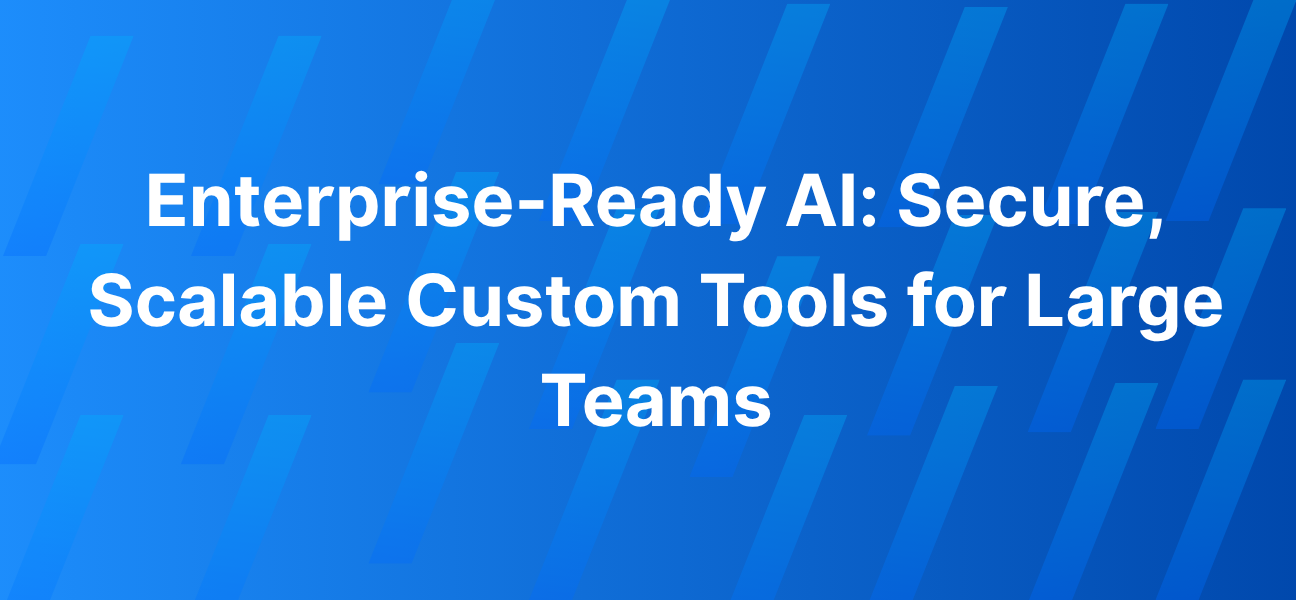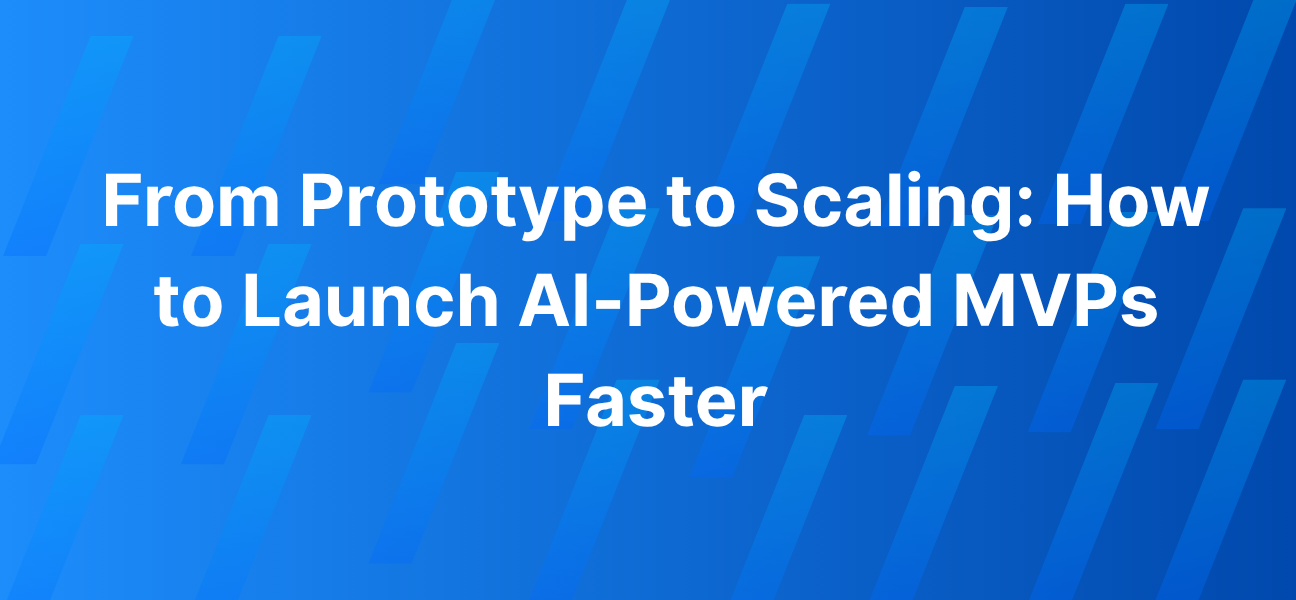Modern businesses juggle multiple functions—Sales, HR, Finance, Marketing—each with repetitive workflows ripe for automation.
By combining RPA with AI capabilities, organizations can reimagine these processes as intelligent, self-updating pipelines.
This article reveals how custom AI solutions can unify automation across departments, saving time and increasing accuracy.
1. From RPA to Intelligent Automation
- Robotic Process Automation (RPA): Traditional bots automate task sequences from GUI inputs, mimicking human actions.
- AI-enhanced RPA: Adds NLP, document understanding, and decision-making to basic automation—ideal for complex, unstructured tasks.
2. Embrace Hyperautomation
According to emerging trends, combining AI, ML, RPA, and process mining enables hyperautomation—complete, adaptive automation systems:
- Continuously discover and optimize new automations.
- Implement them with minimal human intervention.
- Scale across business functions intelligently.
3. Cross-Functional Automation Examples
| Function | Application Example |
| Sales | AI-qualified leads; auto-generated proposals and reminders. |
| HR | Resume screening, onboarding documentation auto-filling, FAQs via chatbot. |
| Finance | Invoice extraction, reconciliation, routing approvals with AI document parsing. |
| Marketing | Personalized campaign content, social media automation, real-time customer insights. |
4. Tools & Platforms to Leverage
- UiPath: Powerful RPA with AI document understanding and vision capabilities.
- Zapier: No-code automation across 8,000+ apps, now with LLM-based workflow creation via natural language.
These tools enable non-technical teams to build automation workflows with minimal coding.
5. Implementation Strategy
- Audit workflows: Identify repetitive, cross-department processes.
- Prioritize impactful tasks based on time savings, error reduction, and cost.
- Select the right tool—UiPath for complex, document-heavy automation; Zapier for integration workflows.
- Prototype with low-code agents or scripts.
- Scale gradually, layer AI-infused optimizations, and monitor effectiveness.
6. Human + AI Collaboration
- AI handles routine tasks; humans manage exceptions.
- Continuous improvement: bots learn and workflows adapt through feedback loops.
7. Advantages at a Glance
- Efficiency: Extract insights, process documents, and route tasks faster.
- Uniformity: Standardized workflows across departments.
- Cost reduction: Less manual labor, fewer errors, and reduced overhead.
- Agility: Modify workflows quickly as business needs shift.
Key Takeaways
- RPA powered by AI offers a smarter path to automation.
- Hyperautomation enables ongoing discovery and deployment of new workflows.
- Tools like UiPath and Zapier make automation accessible across functions.
- Begin small, scale fast, and always layer human oversight for purpose and quality.




